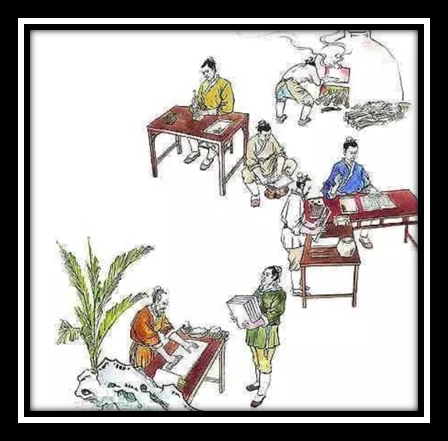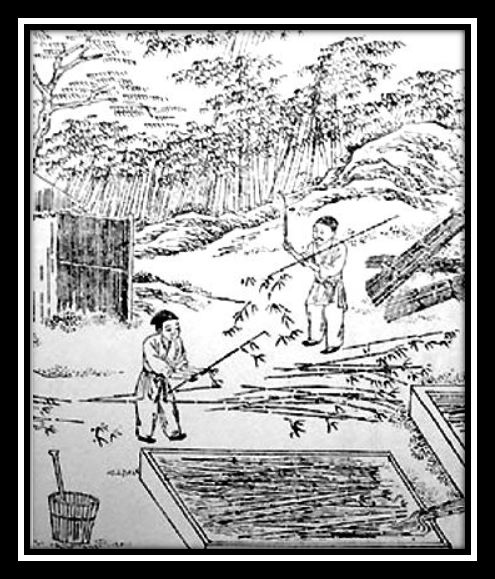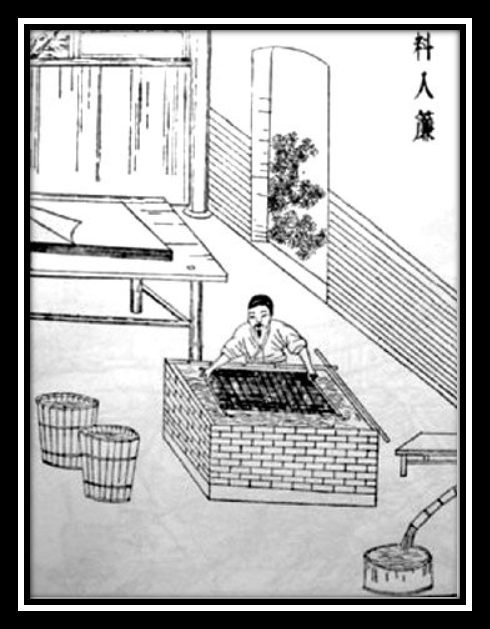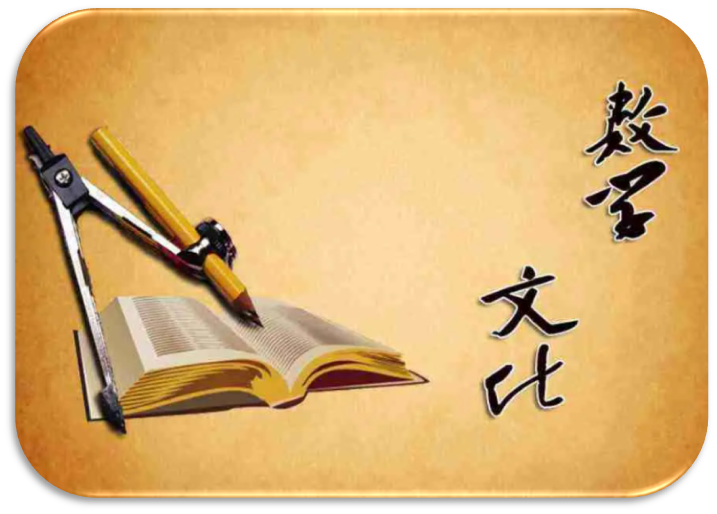Chinese is our Chinese native language, Chinese culture is broad and profound, what are the advantages of learning Chinese vocabulary? Today, I will give you an inventory of the ten advantages of learning Chinese:

🍁The largest number of users
With a population of 6 billion, more than 200 countries and regions, and more than 2,500 ethnic groups, 5,651 languages have been identified. The most spoken languages are: Chinese, English, Hindi, Spanish, Arabic, German, Russian, French, Bengali, Portuguese, etc.
🍁It has a long history and a long history
Oracle Chinese characters are among the three oldest writing systems in the world. Chinese is a relatively convergent and stable language. This enabled the inheritance and development of ancestral wisdom and civilization.
Today’s Chinese students can read the Chu poems of the poet Qu Yuan 2,000 years ago.
🍁Chinese characters use few words, strong word formation power, and large amount of information
Now, the English vocabulary has exceeded 1 million, and ordinary people can’t remember it in a lifetime. According to statistics, there are still 1~20,000 new words produced in English every year.
The new vocabulary of English has little connection with the original vocabulary, and millions of English words come out in this way. In Chinese, there is no need to create new characters, just rely on existing Chinese characters to form new words. All English vocabulary and neologisms can be expressed in 3,500 Chinese characters.
The ability to form Chinese characters is too powerful, and it can also be touched bypass, and the amount of memory is greatly reduced. The famous scholar Ji Xianlin said: “Chinese is the most concise language in the world. The same expression of one meaning, if English takes 60 seconds, Chinese 5 seconds is enough. ”
In English-speaking countries, there are no 20,000 words you don’t want to read a newspaper, and you don’t want to read Time magazine for 30,000 words. Professionals who have graduated from college for 10 years generally need to understand 80,000 words.
The standard for literacy of Chinese characters in China is 1500 words. College students in science and engineering generally master 3500 Chinese characters, and there is no problem in engaging in scientific research. As for reading, reading newspapers, and graduating from primary school, you can do it. The average person can read and write 2,000 Chinese characters.
🍁The Chinese language is open to the influence of Western culture
Classical Chinese is dominated by monophonic words, and vernacular Chinese is dominated by two-tone words. There are too few punctuation marks in classical Chinese to meet the needs of expression, and punctuation marks in vernacular are complete enough to meet the needs of expressing thinking.
There are many short sentences in classical Chinese, the structure of sentences is simple, and there are more long sentences and attached components in vernacular Chinese, and the structure of sentences is much more complex than that of classical Chinese, which greatly increases the expressiveness and logic of the article.
The advantage of vernacular writing is mostly that it accepts the enlightenment of Western languages. The transition from classical Chinese to vernacular is a revolutionary turn. This turning point shows that the Chinese language is open to the influence of Western culture.
🍁Chinese characters focus on right-brain thinking and can develop IQ
Scholars pointed out that learning Chinese vocabulary mainly uses phonetic code, which works in the left hemisphere of the brain, called single-brain writing. Chinese characters are a synthesis of shape, sound, and meaning, which act simultaneously on the left and right hemispheres of the brain, called compound brain writing.
Chinese characters, especially symbols symbolizing graphics, are very beneficial for the development of the right brain, and sound and meaning are simultaneously developed in the left brain, so that the left and right hemispheres of the brain are developed at the same time.
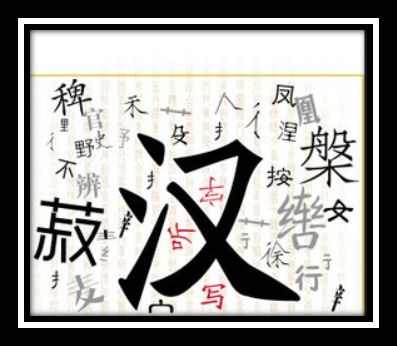
Based on this relationship between Chinese characters and the two hemispheres of the brain, psychologists in Philadelphia conducted an experiment to see if they could correct dyslexia by learning Chinese characters.
First, he taught an American dyslexic teenager to learn Chinese characters and Chinese, and then began the experiment: on a piece of paper, the upper line wrote English sentences, and the lower line wrote Chinese sentences with consent, asking the teenager to read English sentences by looking at Chinese characters.
The teenager, who suffered from dyslexia, pronounced English sentences effortlessly, and the experiment was successful. Such experiments have also been carried out in France and other countries, and have achieved initial success.
It is precisely because of their unique sound, shape and meaning characteristics that Chinese characters constitute more stimulation to the brain than pinyin characters. It should be these beneficial stimuli that promote the brain development of the population in the Chinese character circle country, thereby improving the IQ level.
By learning Chinese vocabulary, people can use both hemispheres of the brain more fully and in a more balanced way, and its significance is very far-reaching.



